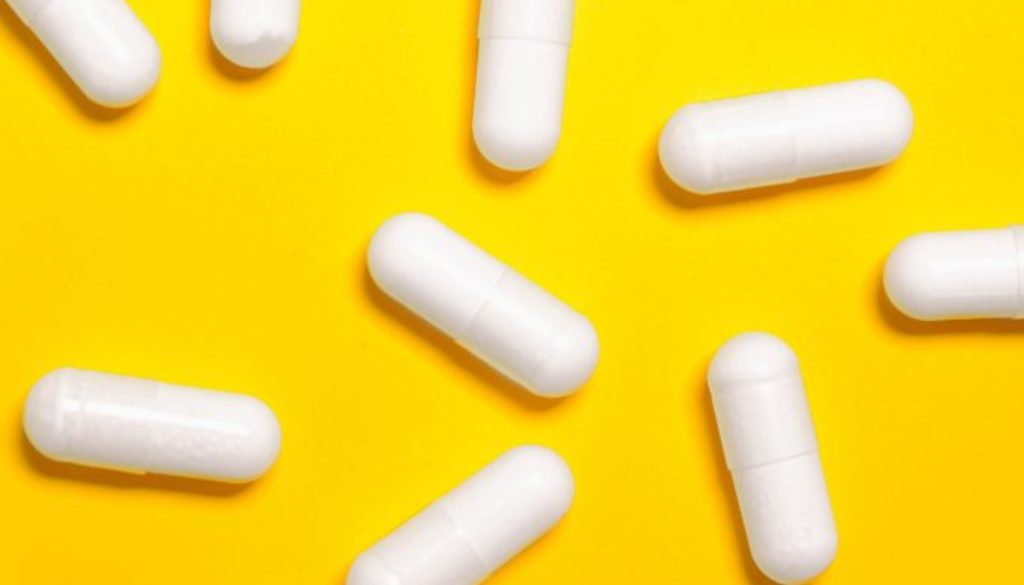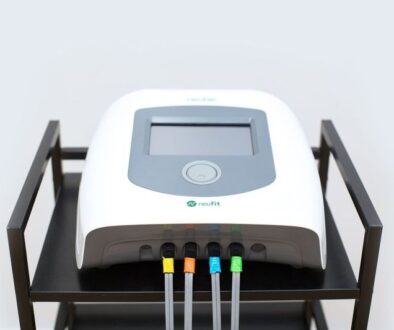Dry Needling & Electrical Stimulation vs Knee Osteoarthritis
When considering dry needle therapy as a possible treatment for your pain, muscle tightness, or movement dysfunction, there are several types to choose from. One of the least invasive and most effective ways I know is to use electrical stimulation in addition to dry needling therapy. This is a technique I began using as soon as I completed my year-long training over a decade ago in the United States Air Force. I have found that osteoarthritis pain patients respond well to this treatment in particular because the needle is only inserted once, which means the common “pistoning” technique is not used, and the electrical stimulation is then conducted deep into the intramuscular tissue with targeted precision.
Do we have any evidence supporting the use of electrical stimulation in addition to dry needle therapy? In 2021 researchers aimed to investigate the immediate effects of dry needling with electrical stimulation on pain and functional ability in patients with knee osteoarthritis. The study was conducted by Hong-Sik Hwang, Chul-Soo Kim, and Soo-Hyun Kim in the Journal of Physical Therapy Science. Forty participants were randomly assigned to two groups: a dry needling group which received three sessions of dry needling with electrical stimulation over a period of three weeks, and a control group which received no intervention.
The results showed that the dry needling group experienced a significant reduction in pain and improvement in functional ability compared to the control group. The authors concluded that dry needling with electrical stimulation is an effective intervention for reducing pain and improving functional ability in patients with knee osteoarthritis.
So you might be wondering, how exactly does this work? Glad you asked. Dry needling stimulates the nervous system and changes the way pain is processed. It also stimulates the release of natural pain-relieving substances, such as endorphins and enkephalins, which your body naturally releases when you experience pain or stress. These can help to reduce muscle tension and pain. Additionally, dry needling can help to improve range of motion, restore muscle function, and improve overall physical performance.
In addition, electrical stimulation stimulates the muscle fibers, causing them to contract. The contractions increase blood flow, which can help to reduce muscle tension and pain. And, just like dry needle therapy mentioned above, the electrical impulses can also stimulate the release of the body’s endorphins and enkephalins, which can further help to reduce pain and muscle tension.
Please note that this research article should not be taken as definitive evidence for the efficacy of dry needling with electrical stimulation. The authors of the study mentioned above made it clear that more studies are needed to determine its long-term effects and potential risks. It is always important to consult with a qualified doctor of physical therapy before undergoing any new physical therapy treatment.
So, Colorado, is dry needling with electrical stimulation right for you? If you’re already receiving dry needle therapy and have not yet discussed the pros and cons of the addition of electrical stimulation, that is a conversation worth having. Personally, I’ve seen countless people find relief using this simple and effective dry needle technique, and as I mentioned, the lack of “pistoning” the needle repetitively in the muscle tissue typically makes the experience much less uncomfortable. If you’re wondering how dry needle therapy can become a part of your personalized, holistic rehabilitation plan of care, please reach out with any questions you have. I look forward to speaking with you.
Dr. Scott A. Jones, PT
Movement Performance Coach
Are you tired of the cycle of frustration, and ready to get back to your activities?




